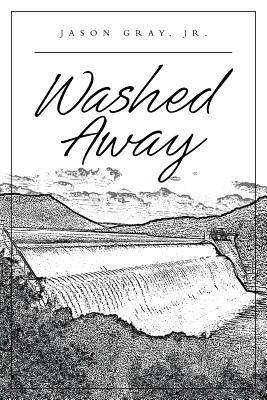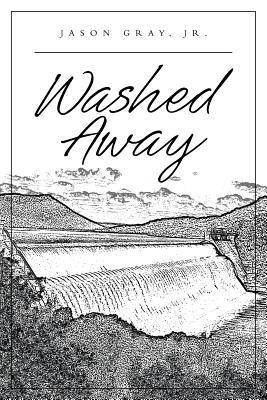
- Retrait gratuit dans votre magasin Club
- 7.000.000 titres dans notre catalogue
- Payer en toute sécurité
- Toujours un magasin près de chez vous
- Retrait gratuit dans votre magasin Club
- 7.000.0000 titres dans notre catalogue
- Payer en toute sécurité
- Toujours un magasin près de chez vous
Description
At 2:30 on an unseasonably cool, partly cloudy afternoon in late September 1911, the cement dam located a mile above the mill town of Austin, Pennsylvania, gave way, unleashing a wall of water cascading down the narrow valley toward the town and sweeping away everything in its path with the explosive power of a nuclear bomb. Lulled by the assurance of engineering experts that the dam would forever withstand the pressure of the pent-up waters above the town, three thousand unsuspecting residents of Austin went about their slow-paced Saturday routines. Some floundered and drowned in the raging waters that consumed the town, some were battered to death by logs and debris swept up by the torrent, and some, the lucky ones, raced to the safety of higher ground. Stories of heroism, sacrifice, cowardice, and selfishness emerged from the aftermath. The residents of Austin represented; after all, simply a crosscut sample of humanity, exposing the best and worst in times of crisis. Washed Away is a work of fiction that unfolds in the historical context of this real-life tragedy. Committed to go beyond the sensational journalism of that era, two enterprising young reporters from Buffalo, Rusty Shephard and Katie Keenan, join forces to investigate the causes and determine accountability for the disaster. As their investigation begins to unmask the deceit and greed of those responsible, they encounter desperate acts of coverup, recrimination, suicide, and murder, placing their own lives in mortal danger. In their journey to uncover the truth and seek justice, they are absorbed in the emotional turmoil of the town and of their own relationship.
Spécifications
Parties prenantes
- Auteur(s) :
- Editeur:
Contenu
- Nombre de pages :
- 220
- Langue:
- Anglais
Caractéristiques
- EAN:
- 9781684569878
- Date de parution :
- 17-06-19
- Format:
- Livre broché
- Format numérique:
- Trade paperback (VS)
- Dimensions :
- 152 mm x 229 mm
- Poids :
- 326 g

Les avis
Nous publions uniquement les avis qui respectent les conditions requises. Consultez nos conditions pour les avis.






